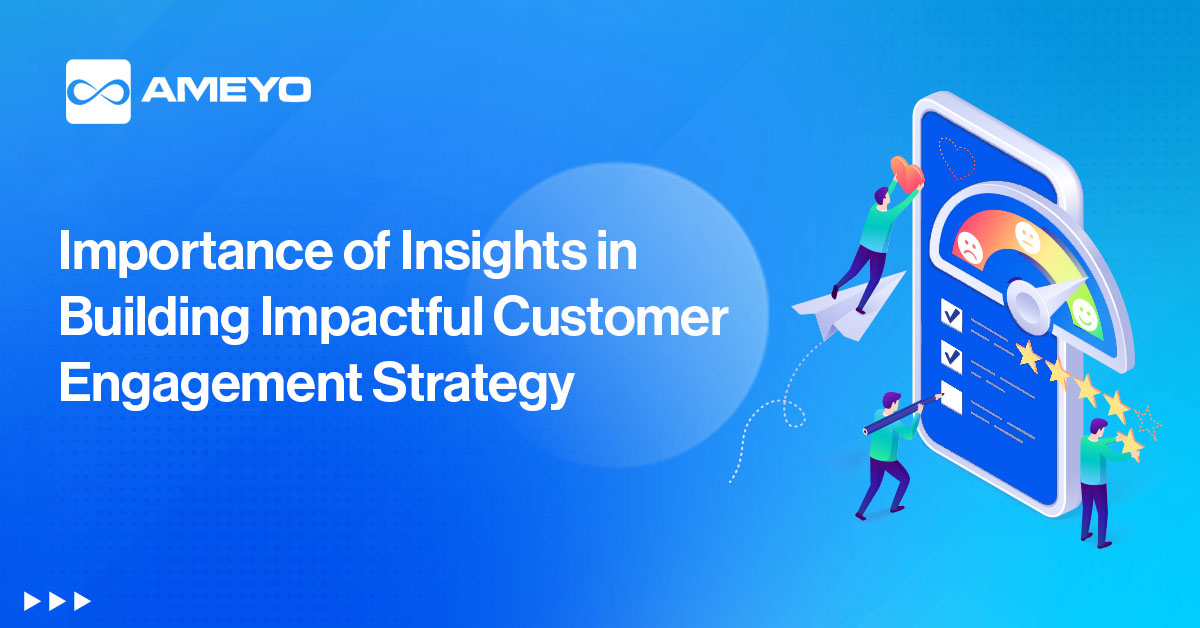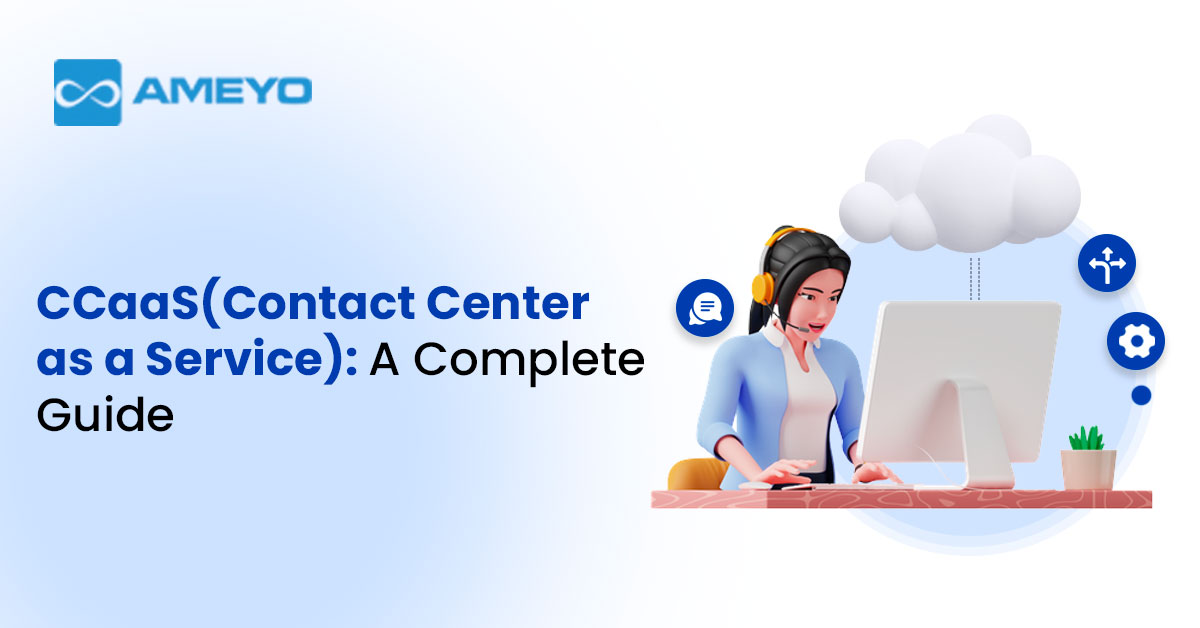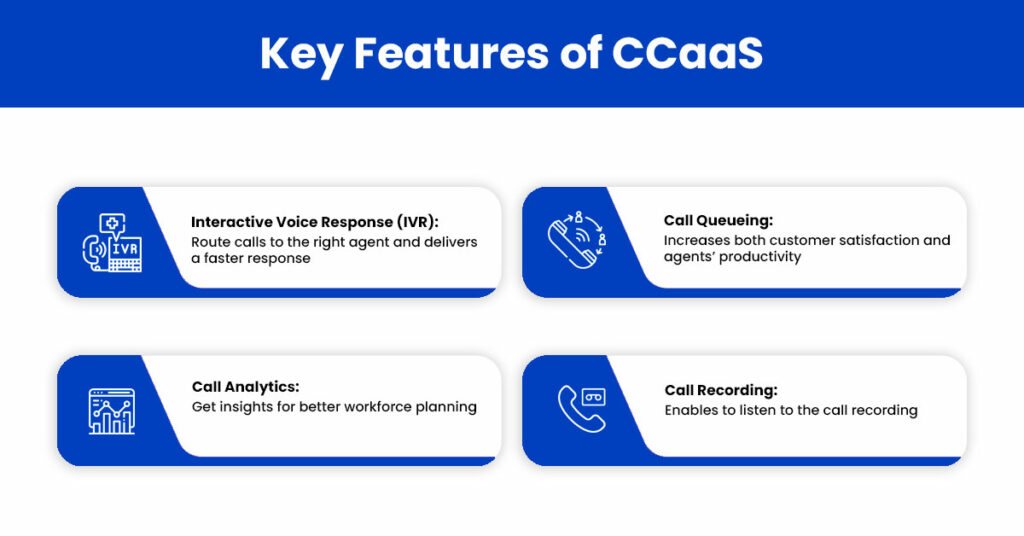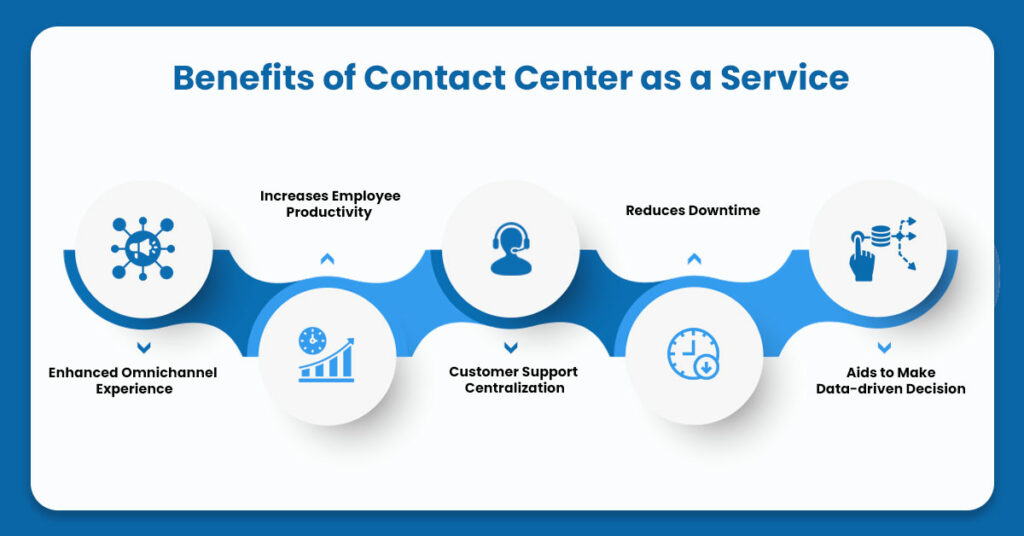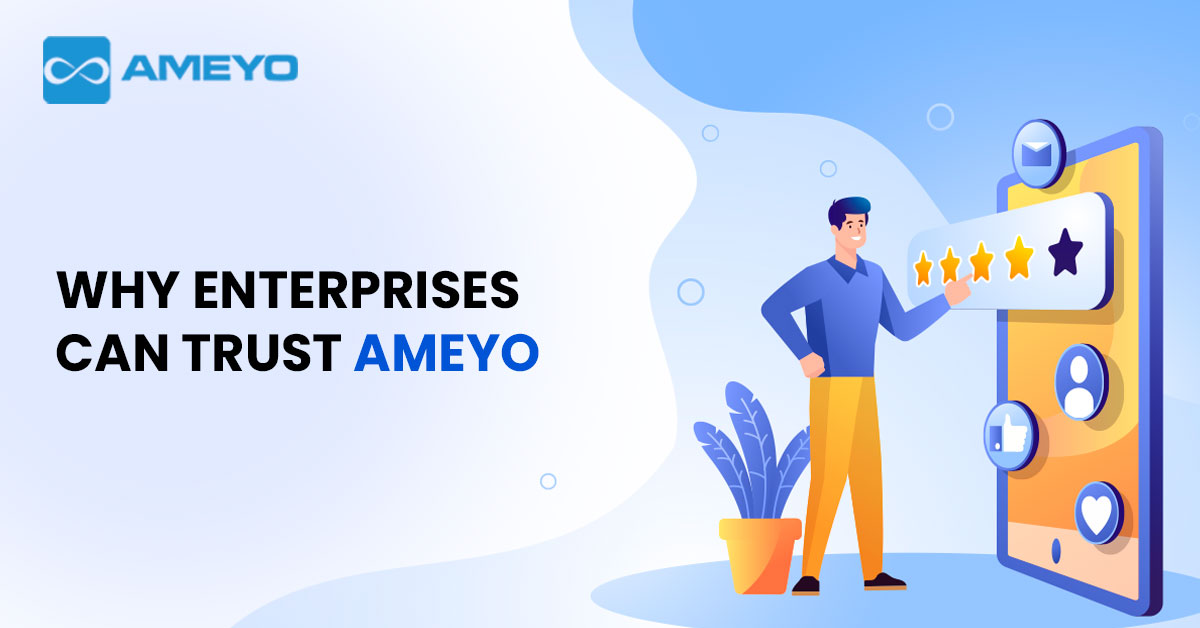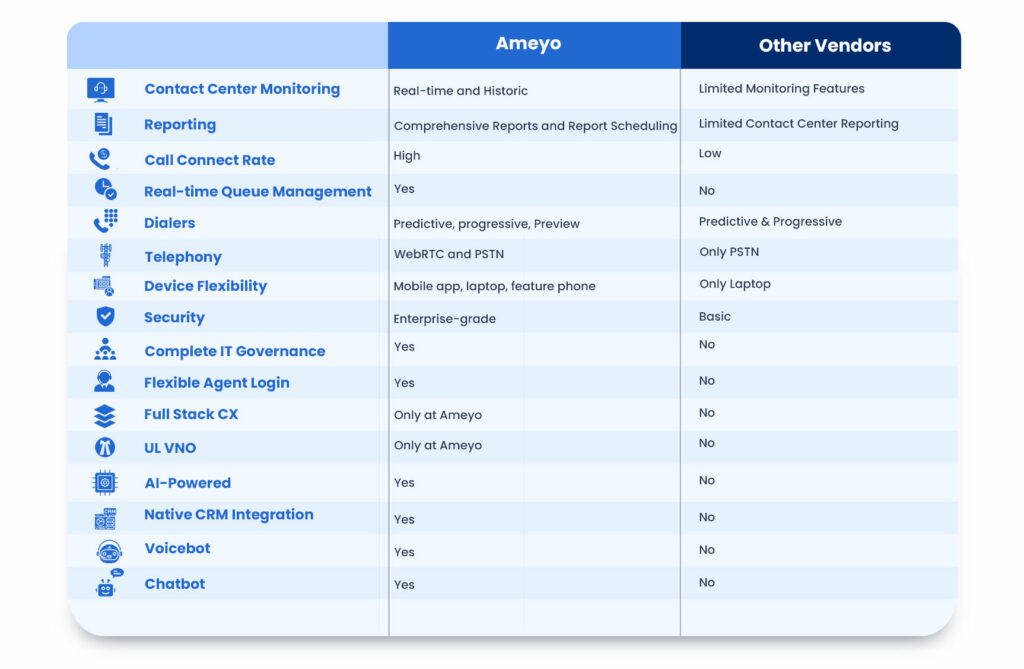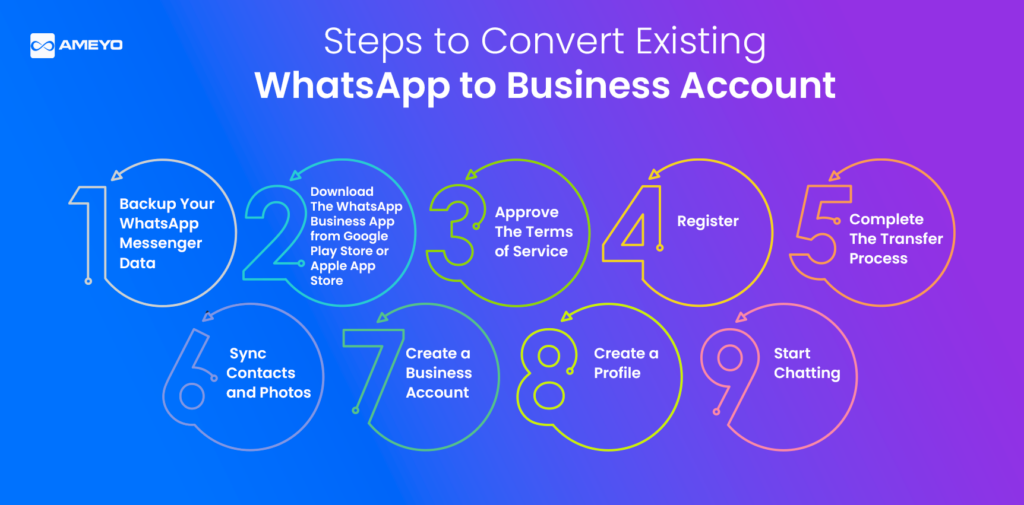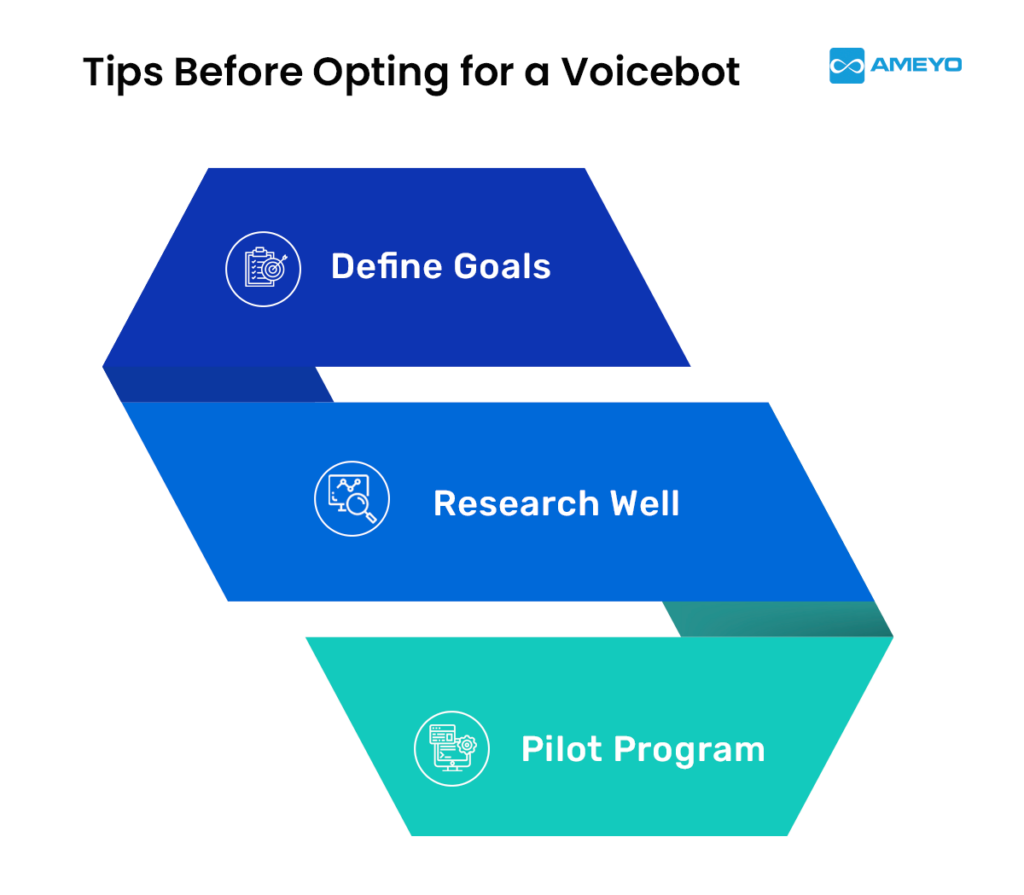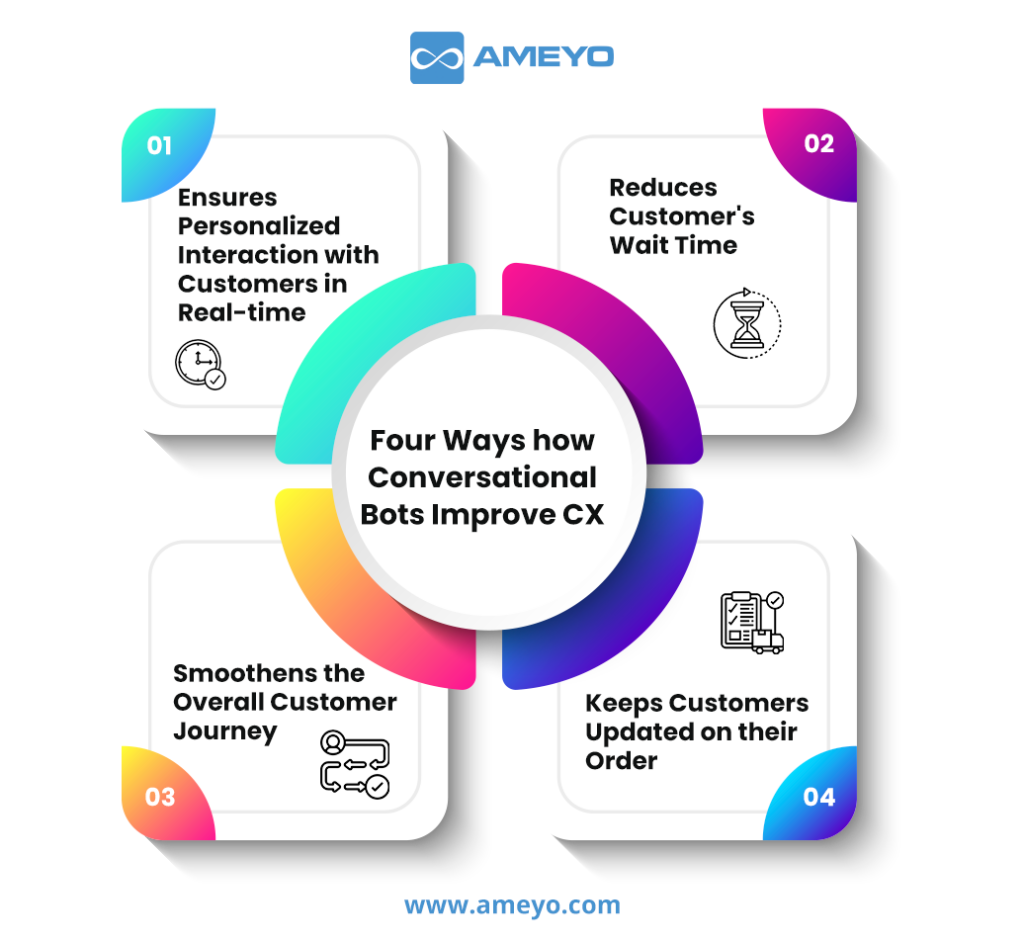Search “customers hate irrelevant messaging” and you will find tons of studies going back as far as 2012 warning businesses how aggressive marketing is hurting them. However, despite the fact that a decade has passed since such findings have come to light, businesses still end up getting overzealous while trying to woo their customers. Cue excessive messaging, shoving products/services or promos that are not of interest, messaging without seeking explicit consent – the list goes on.
Even though such tricks may (miraculously) yield marginal results, you will notice that your mailing list trickles down with time (increase in unsubscribers), which should be of greater concern! Let’s take a look at what plagues your engagement strategy and how insight-led engagement could be the panacea for such afflictions.
How Are Brands Missing the Customer Engagement Mark?
One can argue that the lack of data may be the reason why businesses fail to engage meaningfully with their customers. However, we have discovered that digital interactions have increased as 70% of customers spend their time online. So, clearly, the lack of data is not a problem as such interactions would ramp up data generation.
You may say that companies cannot access the tools and technologies to process such high volumes of data. However, the reality is far from it. Nearly 70% of companies either have a digital transformation strategy in place or are developing one. Such a move would make rapidly changing technology highly accessible to businesses, big or small.
The final argument for remaining is that companies are not shelling out the money to process data. But consider the fact that the global Big Data Analytics market was valued at USD 240.56 billion in 2021, which puts the rampant demand and spending in perspective!
So, if businesses are sitting on hoards of data, can process it, and have invested in extracting meaning from it, then what are they doing wrong? In reality, the problem lies with the inability of such businesses to translate data into meaningful and actionable insights. After all, data-driven insights act as the glue that cements personalization, engagement, retention, and other desirable entities to truly woo the customer.
Insight-Led Customer Engagement Strategy: What Is It? And Why Does It Matter?
Thanks to technological advancements, businesses are no longer in the dark about who their customers are. In fact, they now have a 360-degree view of the customers that spans beyond basic identification details such as their name, age, or location. Modern-day businesses understand their customers intimately through their interests, buying habits, preferences, digital trail, and more, which enables them to form unique one-on-one relationships with every customer.
However, as stated previously, simply knowing them is not enough. Businesses must act on this knowledge to tailor their experiences at every touchpoint. And here’s where insights-led customer engagement becomes mission-critical.
Insight-led customer engagement relies on data, tools, and processes that churn out actionable strategies to delight the customer. So, rather than using data to execute strategies and analyze their performance retrospectively, you can use the data to form insights and curate a smarter engagement strategy! Such a tectonic shift in approach puts the customer at the focal point of your decision-making rather than the campaign!
Crafting a Perfect Insight-Led Customer Engagement Strategy: A Quick Guide
Adopting an insight-led customer engagement strategy is not an overnight process. It will require some amount of planning, preparation, decision-making, and management at various checkpoints. However, the transformation will broadly involve the following key stages:
Consolidate Your Data
Your insights are only as good as your data. As such, if your business suffers from data hygiene issues then you are already setting yourself up for failure.
While there are several data-related issues such as junk and obsolete data that are a part and parcel of working with a data-first framework, problems such as data siloes can be easily averted. In our findings, we discovered that only 27.8% of teams follow an integrated approach while planning, executing, and streamlining customer engagement. Such numbers are rather dismal as they point toward fragmented customer profiles and inaccurate insights. Businesses must find ways to centralize data through collaborative action to establish a single source of truth.
Unify Business Processes
The collaborative operations angle should not be limited to a one-time activity while updating the database. It should, in fact, form a core component of how your teams function. Every input or contribution by different teams or team members will further flesh out the customer data, which will serve as the base for lending you deeper insights into their affinities, preferences, interests, and other such parameters for engagement. The resulting holistic and well-rounded customer engagement strategy would also elevate customer experience and attract a host of positive outcomes.
Identify the Primary Customer Insights
The key performance indicators (KPIs) and the metrics observed during traditional engagement are far different from that of insight-led engagement. The former relies primarily on common denominators in target audience cohorts, while the latter rests on customer-centric insights. Such insights would be available in the form of:
- Customer Insights: demographical, behavioral, psychographic, geographic, preferences, brand perception and affinity, customer lifetime value, and other such information.
- Journey Insights: stage in the buyer’s journey, probability of churn, drop-off moments, interests, number of interactions, level of engagement, etc.
- Campaign Insights: most engaging content, the preferred channel of engagement, ideal times for messaging, open rates, click-through rates, and other such information.
Differentiate and Hyper-Personalize
Remember, insight-led engagement focuses on establishing one-to-one relationships rather than bunching people together on commonalities (as is the case in traditional engagement). As such, you need to leverage previously collected insights to convert the one-size-fits-all engagement strategy into a hyper-personal one.
Hyper-personalization is a more granular form of personalization where businesses factor in customer insights and product or service-related details to curate a tailored customer journey that is unique for every individual. All customer-related activities – from outreach to support – draws inspiration from data-backed insights to heighten engagement.
Invest in a Customer Engagement Platform (CEP)
You simply cannot upgrade your strategy with an outdated tech stack. As such, the journey toward insight-led customer engagement starts with selecting the right Customer Engagement Platform (CEP). CEPs are software applications that maintain a database of connected customer insights to track the journey from visitor to lead to prospect to customer to the ultimate authority – brand advocates. These CEPs operate on cutting-edge technologies like artificial intelligence, machine learning, and data analytics to process large volumes of data in real-time to hyper-personalize customer experiences at every journey stage. As a result, no two customer journeys would be the same, with each engagement strategy being absolutely unique depending on the customer insights. And so, one can say that CEP is the central piece for a truly insight-led engagement strategy.
Conclusion
Insight-led engagement breathes a whole new life into your outreach and customer-first marketing strategy. So much so that your customers actually look forward to hearing from you! And in this hyper-competitive business landscape, who wouldn’t want that?
So, take the plunge with customer insights to supercharge your business’s journey to success.
Author Bio- Nidhi Prakash is a content marketer at MoEngage with decent experience in B2B and B2C domains. She is a strategic thinker and integrates her skills in content creation and marketing methods.
